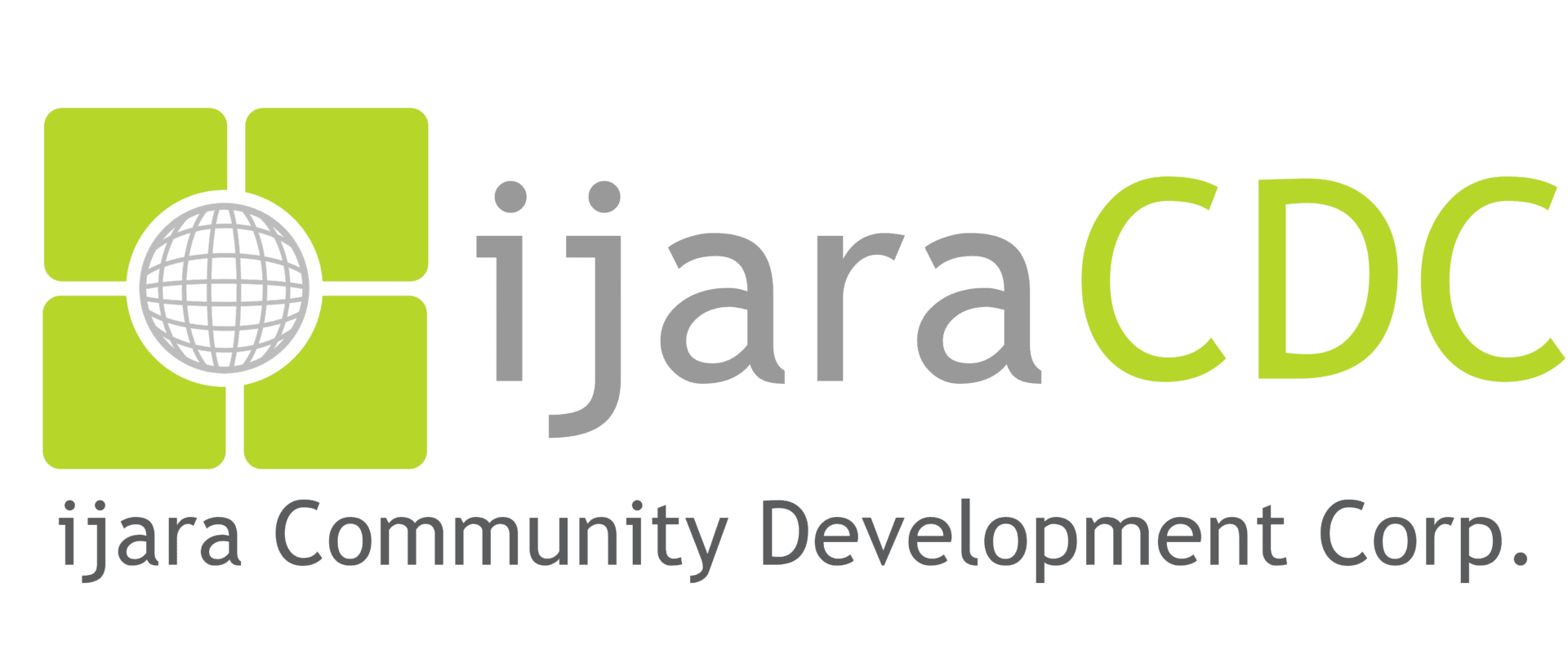In recent times, there has been a surge of popularity of Islamic financing systems, such as the Mudaraba, Musharaka, Istisnaa, and especially Ijarah. These are all based on the principles laid down by Sharia laws. The widespread preference for Musharaka financing in particular for Business Good Will, stems from the limitations of conventional banking practices and their consequent inability to aid entrepreneurs, mostly small-scale producers.
The Musharaka form of financing is widely believed to be the purest of all forms of Islamic financial practice since it based on the fundamental principle of sharing in and being rewarded for taking risks. However, this is rapidly being replaced by Ijara as a preferred method of Islamic Finance. There are two principal types of Musharakah financing—Permanent Musharaka and Diminishing Musharaka.
What is Permanent Musharaka?
Permanent Musharaka is the most commonly used form of financing for projects that require long-term equity investment. In this form of financing, the bank or any other financial institution takes part in the equity of a company or an individual and receives a certain percentage of the profit. This amount is specified at the time of entering into the contract. This partnership continues for as long as both the parties—the borrower and the financier—desire and the financier keeps on receiving the profits for that period of time. This is the essence of Permanent Musharaka.
Variations in the Permanent Musharaka may arise on the basis of the capital contributions tendered to by each participant. It is not mandatory that both parties contribute in equal measure. The crux of the matter is that each party, whatever be the amount of its contribution, is the permanent owner of a portion of the entire capital and for which it receives a percentage of profits and also bears the losses, if any, till the contract is dissolved. A party in a Permanent Musharaka contract can however, cease to be valid if a partner sells its share of the capital to another investor.
How Permanent Musharaka Functions
There are three steps by which a Permanent Musharaka contract can be established:
Step 1: A person or a company in need of funds to jointly finance a project approaches a bank or any other financial institution. The latter, who is the financier in this project, advances an amount; some part of the capital is also provided by the borrower. A contract is entered into whereby the financier legally authorizes the borrower to look into the managerial aspects of the project.
Step 2: The contract specifies that although the objective of the project is to earn profits, there can also be losses and both parties should be ready to bear them.
Step 3: As the contract is being made the profit- and loss-distribution proportions are specified. In the event of the project incurring losses, each party should bear a part of these, the amount being proportional to the amount of capital it had contributed. In case, the project brings home profits, these are distributed amongst the partners according to a specified ratio.
It is noteworthy in this context that a Permanent Musharakah agreement does not specify the period of contract. The agreement remains valid till the time both parties wish to continue it.
Application of Permanent Musharaka
Permanent Musharaka is a form of financing projects—taking part in an ongoing project or initiating a new one—for manyIslamic financial institutions. In fact, this contract affords a winning situation for the financier, and as such many borrowers are opting for the Ijara method as it is more favorable. A financial institution like a bank, by entering into this type of a contract, can channel its funds in a way that is secure and also absorbs profits in return. The borrower on the other hand, secures a financier to launch or expand their cherished project and yet can retain full managerial control, the drawback is that a large percentage of the profits will go to the financier often yielding the bank a double digit return (25 – 30%), and thereby encouraging borrowers to seek an Ijara structure, where the yields to the bank are generally between 3 – 7%.
Permanent Musharaka finds widespread usage in projects where the pressing need is to finance ongoing business requirements and buy fixed assets to start or expand a particular line of business. It is also the ideal form of partnership contract in long-term projects. These are projects where funds need to be chipped in for extensive lengths of time and the gestation period is also considerably long. It is thus not surprising that Permanent Musharaka has aided micro-enterprise development so greatly.
The sound principals steering Islamic banking practices are reasons why these have been able to overcome the restrictions posed by conventional financial rules and regulations. Permanent Musharaka is a case in point.

